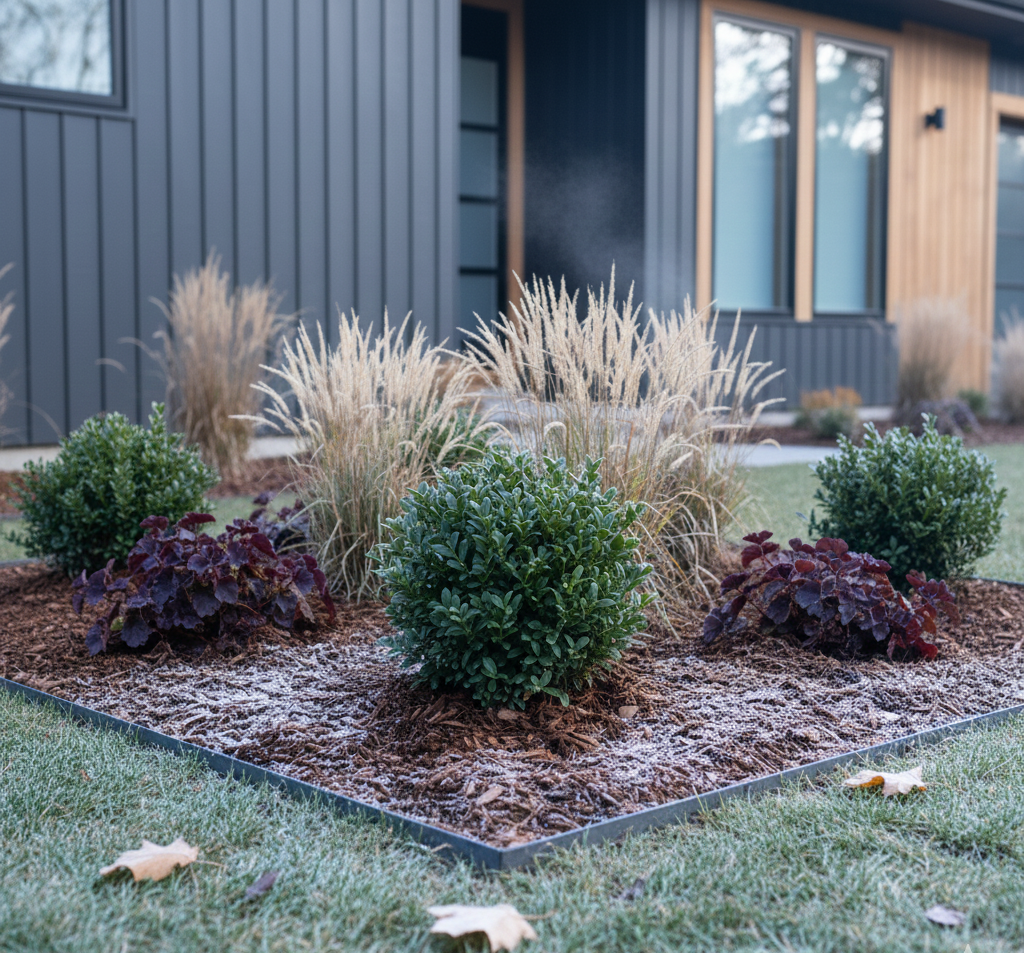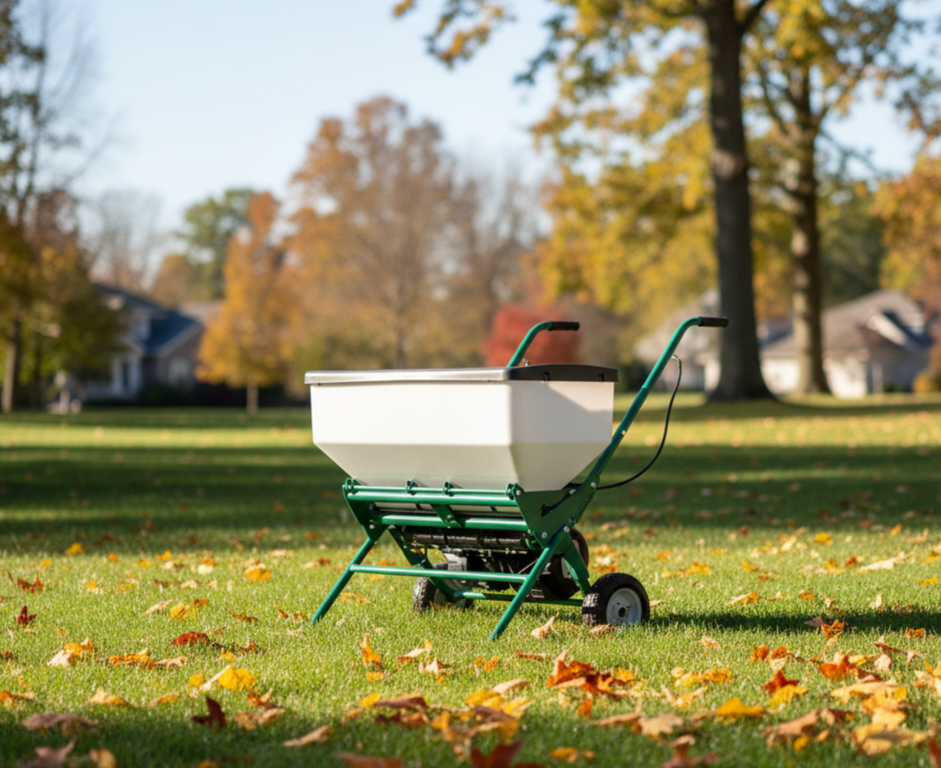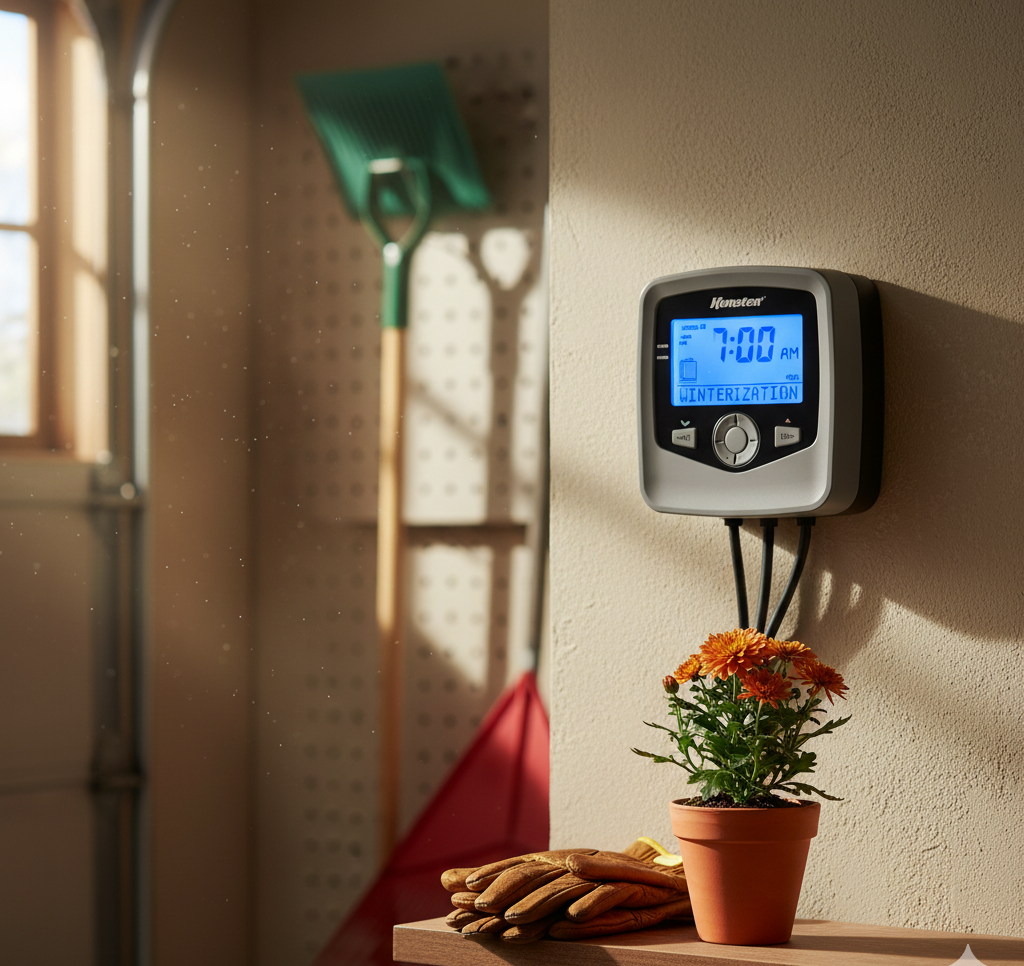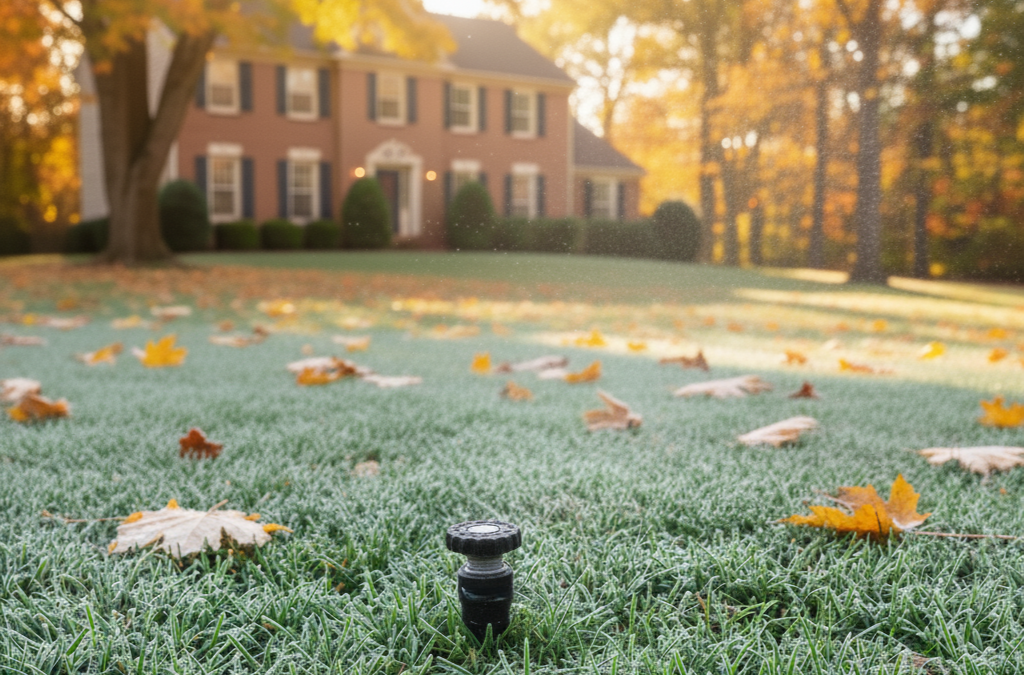Do you want to know how to make a yard that can withstand drought? Reevaluating your front yard design for drought tolerance is an excellent strategy to keep your surroundings looking lovely while decreasing water loss if you reside in a dry section of the country. According to the EPA, the United States utilizes over 9 billion gallons of water each day for household irrigation.
We cannot control the weather, no matter how evolved our technology or understanding of the world gets. The future in the United States' southern and western regions appears bleak. There are many ways to develop a lovely garden without using an irrigation system or watering it every day. You have options, whether it's simply watering more sparingly or embracing a full xeriscaping renovation. Here's what
landscaping professionals recommend for making your garden drought-tolerant and self-sustaining, from soil preparation to plant selection.
Take a Big Look at the Soil
The importance of
soil preparation is stressed by all experienced landscaping experts. Organic matter, such as compost, manure, garden waste, or organic fertilizer, is essential for nutrient-rich and self-sufficient soil.
Amend the soil before planting drought-tolerant landscaping. Straw and horse manure , peat moss, compost, or a combination of these materials can be used. You may even dig fallen leaves into the soil and let them compost naturally if you have the time. Amended soil holds moisture better and also captures rainwater that would otherwise run off on hard-packed soil. Learn more about garden soil preparation.
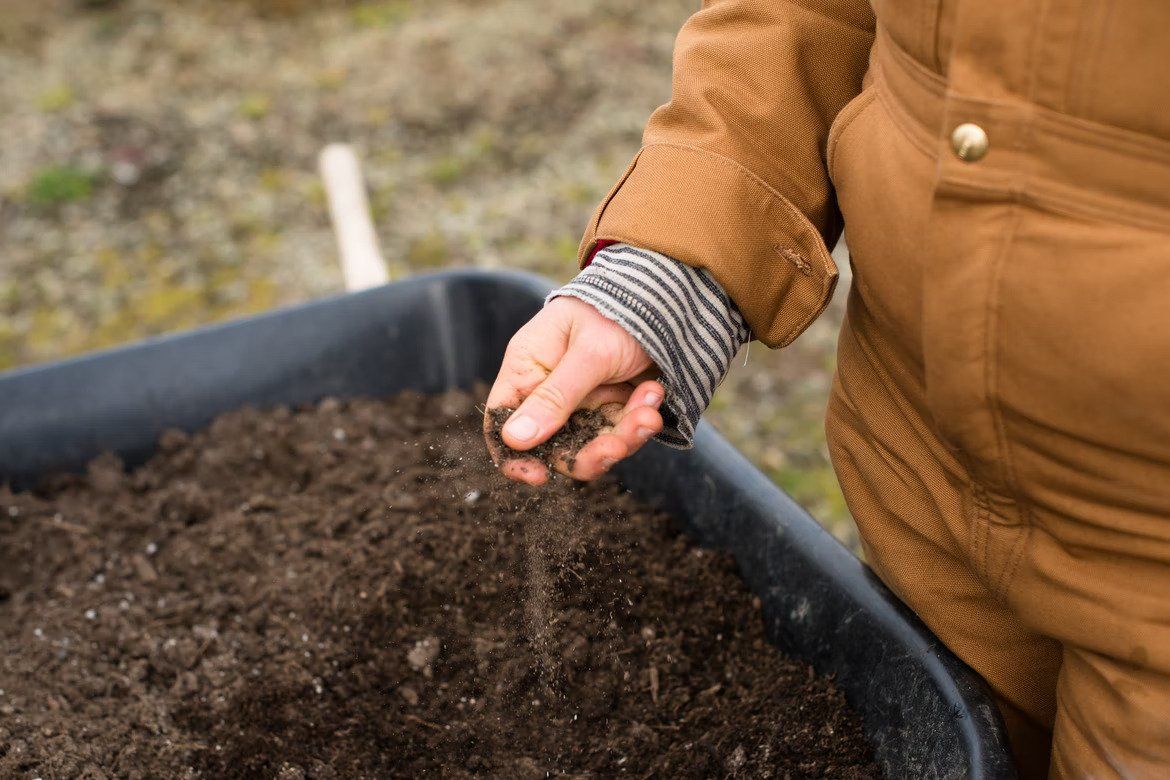
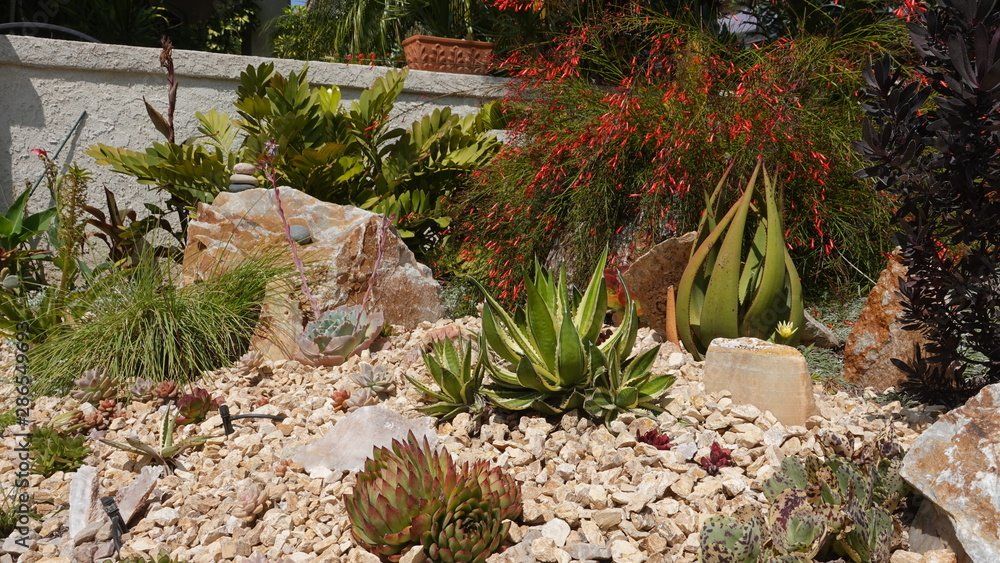
Consider Xeriscaping
Xeriscaping is a type of landscaping designed to help property owners in dry and semiarid areas conserve water. San Diego, California, and the rest of the Southwestern United States are among the locations. This landscaping strategy entails using native plant species, drought-tolerant plants, water-saving irrigation technologies, mulch, and other ground covers to create visually beautiful landscapes. Xeriscaping with native plant species can also reduce the use of pesticides and fertilizers. Overall, you will reduce your carbon footprint by removing the need for fossil-fuel-powered yard equipment and the time required to maintain your landscaping. and create a natural habitat for local wildlife.
Xeriscape gardening can benefit any region, area, or space; just remember that some plants are more drought tolerant than others and will flourish better with less or no watering. Now, let’s talk about stone walkways. Xeriscaping, or water-conserving landscaping, is becoming a more popular drought-resistant landscaping alternative. Consider choosing plants that use significantly less water instead of big expanses of thirsty grass or ground covers in your yard. Combine greenery with stunning stone paths and attractive gravel places. Using decorative grasses and tiny garden areas to add a touch of green to your environment while conserving water is a great way to go.
If necessary, reduce the amount of grass you use. While we all enjoy our lawns and know how beneficial they are to the environment, some homeowners choose to cut back on their lawns. Fill in the newly created space with appealing, drought-tolerant plants, trees, shrubs, or ground cover if you make that selection. Mow frequently and high. Maintaining your grass at the upper limit of its allowed mow height will promote the growth of strong and deep roots. This will make it easier for your lawn to survive dry spells. A
mowing height of 2 to 4 inches is usually right for most grass species. This varies per species, so consult a lawn care specialist to ensure you're mowing your lawn correctly.
Change the Way You Water
If you want to retain your grass, the first step to building a drought-tolerant yard is to improve your watering strategy. In other words, you want to water your lawn just enough to keep it hydrated without overdoing it. This aids in the development of a deep, far-reaching root system, which is critical during droughts. Your first reaction may be to continue watering your grass as usual, but with less water. Watering your lawn less frequently with a few thorough waterings per week is actually preferable. You should give your lawn about an inch of water per week on average, so watering a third of an inch three times weekly is a good start.
It's also crucial to water your lawn first thing in the morning while the weather is cooler. When you water in the afternoon, a large portion of the water evaporates before it reaches the roots. If you're wondering how to make a drought-resistant yard, this easy technique can help you save a lot of water. A good
irrigation system can also be very useful. If you already have one, double-check that it's only watering your lawn and not your driveway or fence. Using an underground irrigation system to ensure that all of the water is utilized is also a good idea.

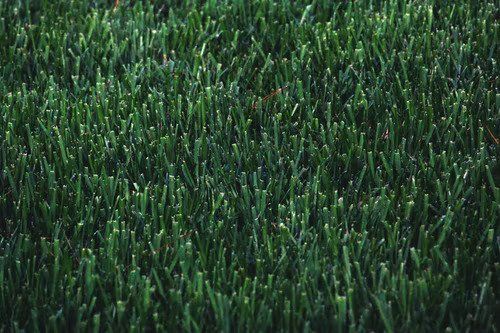
Ditch Old Ways and Choose Artificial Grass
Save yourself from all the trouble of watering your garden by simply choosing artificial grass. The advantages of synthetic grass go beyond saving water, time, and money. Synthetic grass achieves the ideal blend of water conservation and aesthetic appeal. Grass is the greatest water-guzzler in the yard, as well as the most difficult to maintain.
Mowing,
mulching,
aerating,
fertilizing, and re-seeding or re-sodding are all tasks that must be completed in addition to watering. Artificial grass also doesn't need to resemble a neon green professional football pitch. There are numerous realistic artificial grass alternatives available, each with differing degrees of multi-colored hatch.
How Will Drought Tolerant Landscaping Be Helpful to You?
A widespread misperception is that drought-tolerant plants are just succulents or scraggly desert plants. This is not correct! Drought-tolerant organisms can be found in a range of ecosystem types across the United States, including grasslands, woods, coastal dunes, and more. Ornamental grasses, flowery perennials, dense drought-tolerant shrubs, trees, and so on are all examples of these plants.
And not just that, a lot of water is used for landscape irrigation in the United States. According to the EPA,
irrigation can account for up to 30% of home water use on bigger estates. Lawns require a lot of watering, especially in naturally arid areas. When drought hits high-water plants, you have two options: let them suffer and/or die, or keep them alive with intensive irrigation. In either case, you'll have to pay to replace your plants or pay for water consumption. This method is expensive, requires a lot of maintenance, and is bad for regional water supplies, especially during droughts.
To Summarize
It's simple to create a drought-tolerant landscape, and it'll save you money in the long term. There will be less maintenance tasks and watering requirements. You'll also be free of the anxiety that comes with the danger of drought. Even though a drought-tolerant garden only requires a small amount of water to develop and thrive, it cannot survive for long without it. Even if you have a drought-tolerant garden, it is critical to ensure that you are properly caring for and watering your plants on a regular basis.
While drought- tolerant landscaping can be bright and vibrant, it may not be as densely planted as traditional landscapes. This is beneficial because it will consume less water in the end. Consider adding some yard art to fill the space (and up your color quotient). It's a great technique to add character to a landscape while also adding color.


